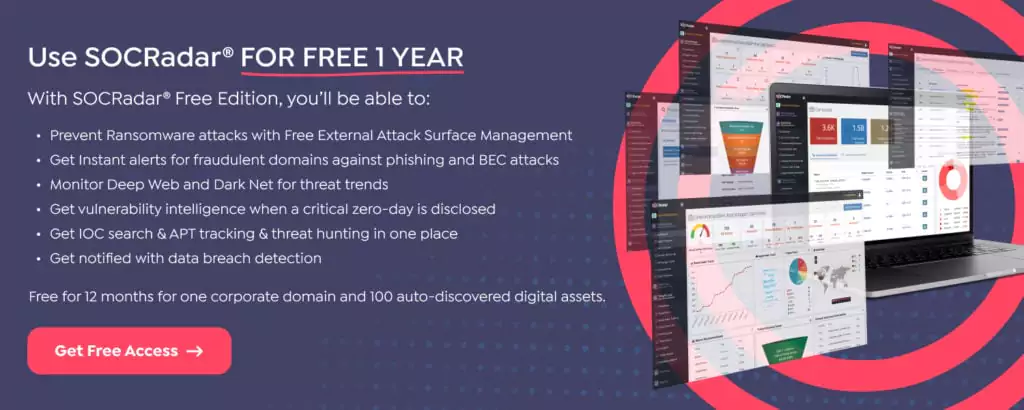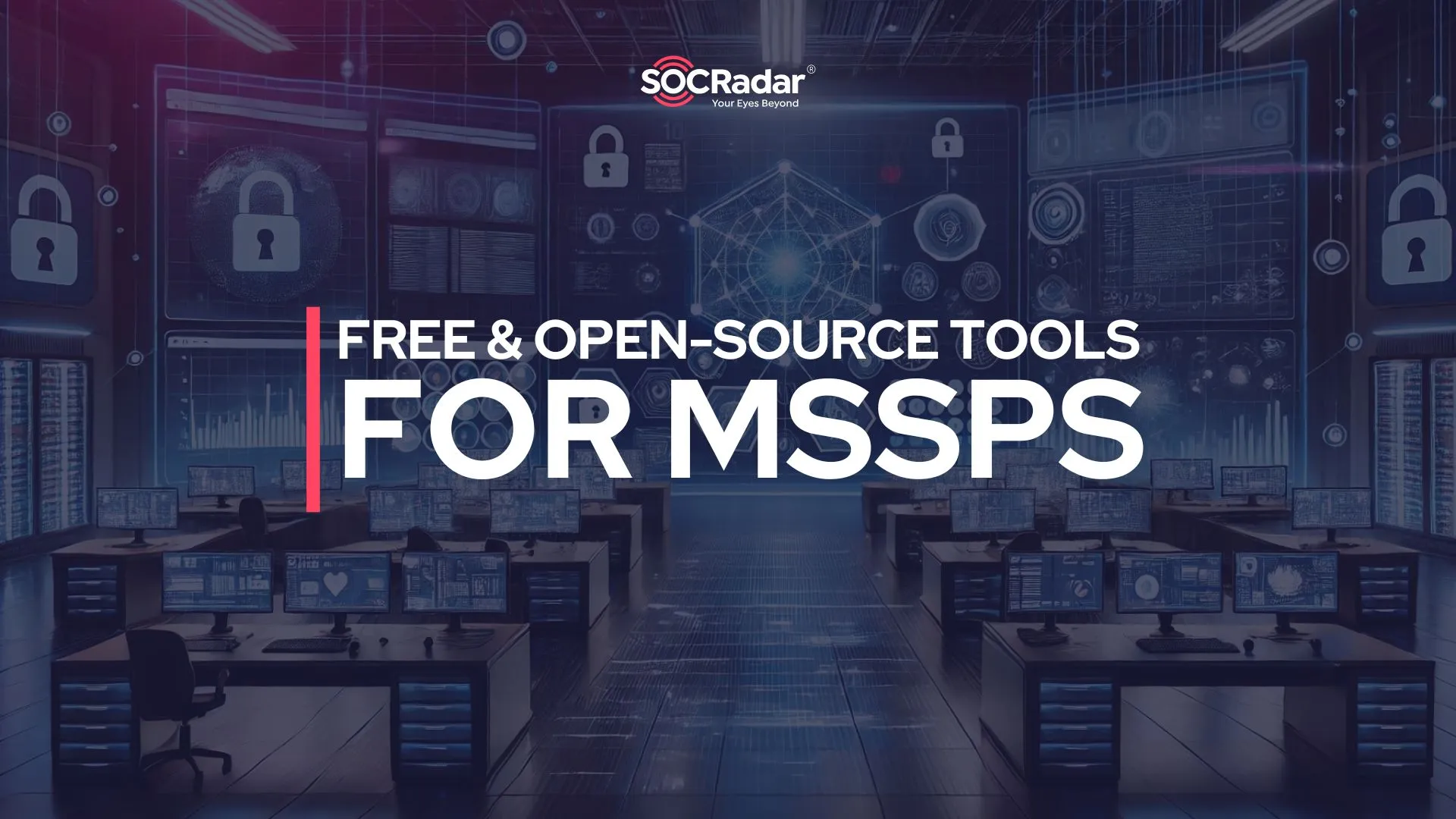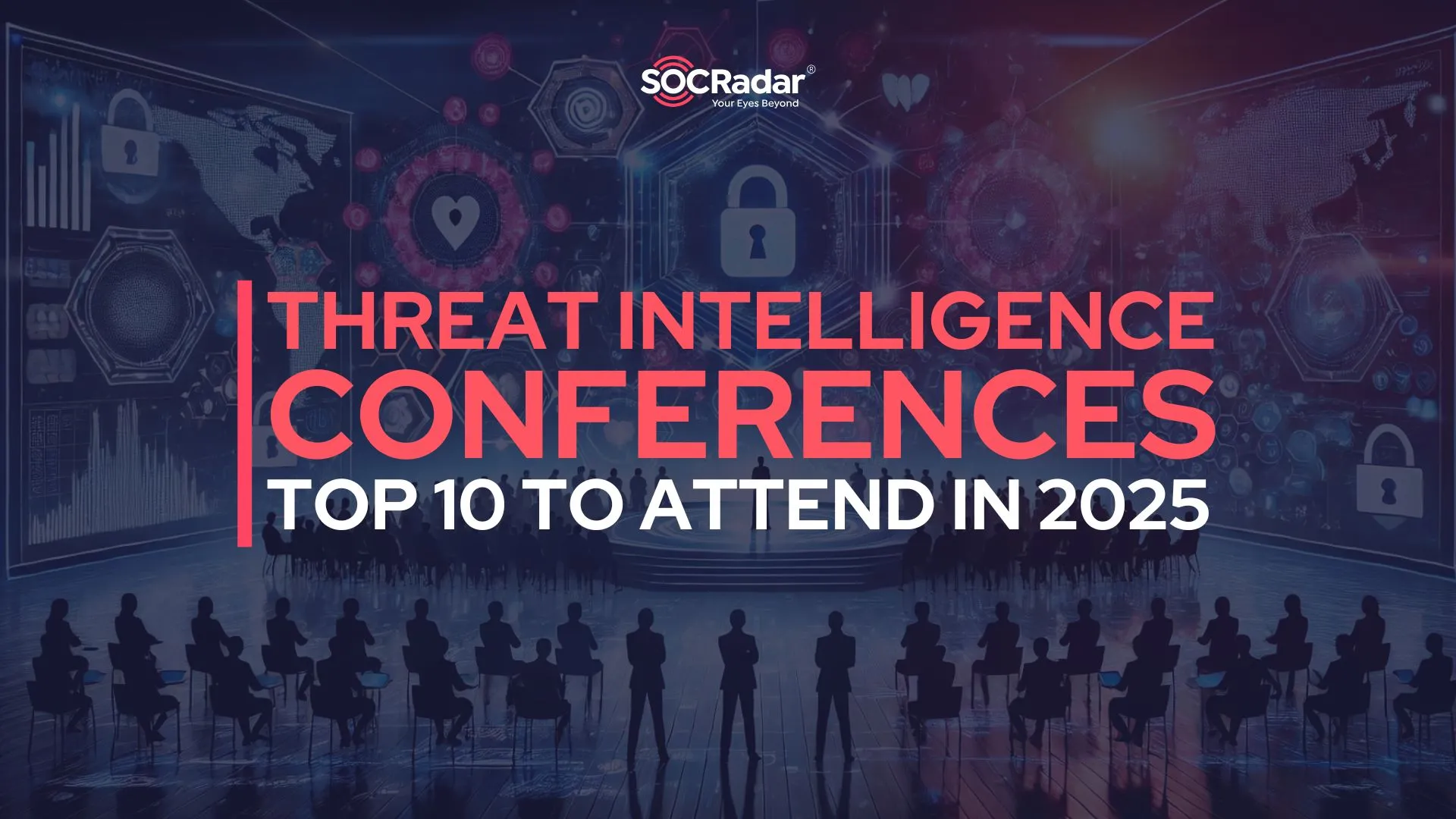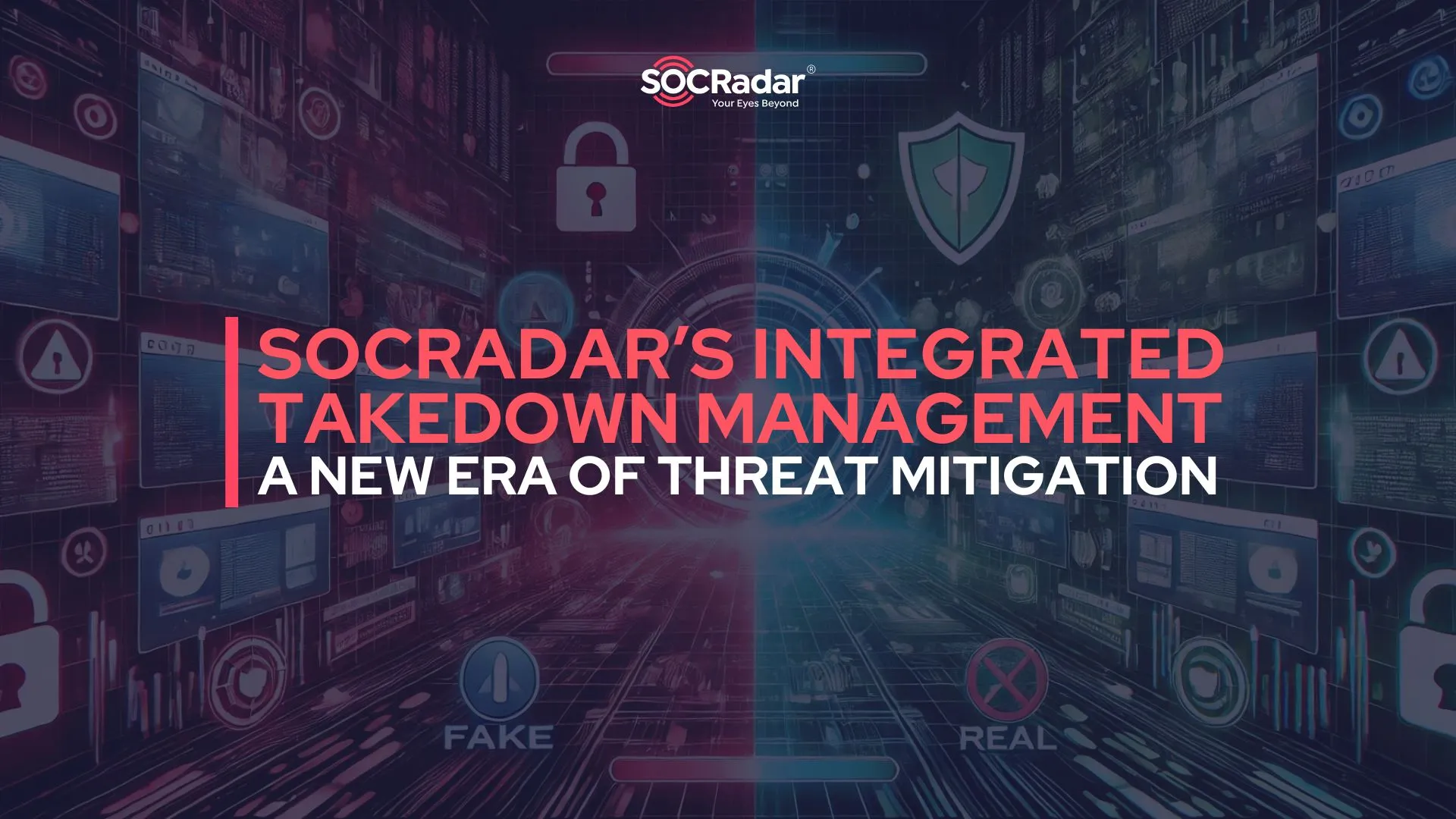
7 Books Every CISO Bookshelf Should Have
The position of Chief Information Security Officer (CISO) is relatively new and has just received recognition from the CxO community and board of directors at the corporate level. To develop and demonstrate the significance of this role, the CISO must assume several responsibilities.
While navigating this job, CISOs face several obstacles, such as a lack of competent personnel, obtaining budget approval for security projects, and becoming engaged in the early phases of new business initiatives.
Blogs, online webinars, conferences, training, multimedia materials like podcasts, white papers, and technology vendor documentation are accessible for CISOs to maintain and improve their knowledge and abilities.
According to an ancient saying, books are your best companions. You may visit them often, and they will always be willing to provide you with information. There is no alternative to reading books and referring to them when necessary; by doing so, you may spare your valuable memory by outsourcing the remembering of seldom used information to the books.
We have chosen the following books based on their covering of the CISO function and the knowledge he must have readily available.
What Are the Books that Every CISO Must Read
1- Cyber Security Everything Executive Needs to Know
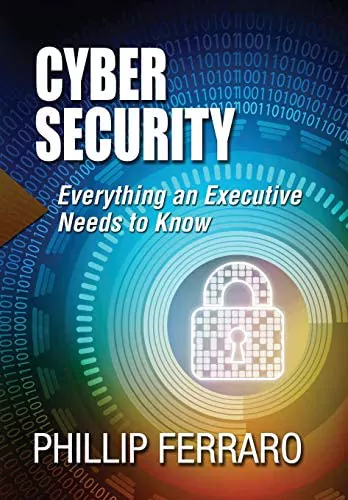
A cyber-breach might bring a company to its knees. Even if it recovers, the incurred harm may be irreparable. Armed with the awareness that cyber-threats are now more prevalent than ever, you and your company may take significant measures to prevent being a victim of a hacker.
In the modern business world, executives face an immense challenge: understanding cyber security business srisks, the full financial and business impact of a breach, determining the appropriate level of investment to protect against these threats, and determining how cyber security should be managed within the organization. This book will help you grasp the significance of each of these areas and the measures you, as a leader, must take to prepare your business for today’s ever-changing, dangerous environment.
2- Threat Modeling Designing Security
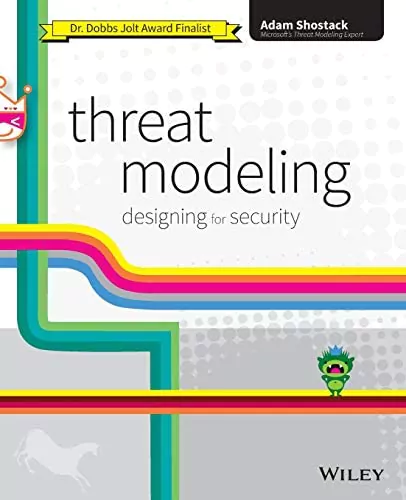
The book is chock-full of helpful information not dependent on specific software, operating systems, or languages. The book offers security professionals the simplest method to take a systematic approach to threat modeling. Microsoft promotes this strategy, and this book gives the simplest way to comprehend the evolving danger environment and threat landscape.
This book gives the most applicable methods for analyzing security in the context of threats, which should be the greatest source of concern for security officers. This book focuses on constructing a realistic information security policy for the firm rather than on compliance requirements and gives much-needed help. Outstanding and recommended for all security professionals.
3- CISO Desk Reference Guide
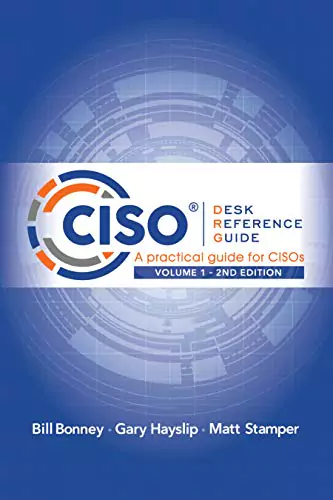
For newly hired or promoted Chief Information Security Officers (CISOs), individuals aspiring to become CISOs, and business and technical professionals interested in cyber security, including Chief Technology Officers (CTOs), Chief Information Officers (CIOs), Boards of Directors, Chief Privacy Officers, and other executives responsible for information protection.
The book includes an outstanding overview of the changing CISO function, how to effectively integrate it into the business, and recommendations on data categorization and controls, tools, and methodologies.
The book provides diverse viewpoints on the fundamentals of cyber security for organizations. This is required reading for Chief Information Security Officer candidates and incumbents.
The book also helps cover a critical vacuum in the ever-evolving corpus of common knowledge on information security.
4- The Computer Incident Response Planning Handbook
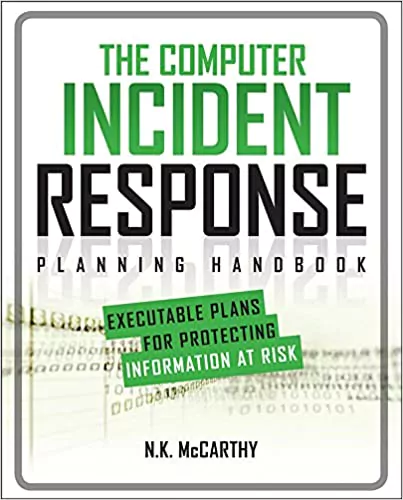
It helps outline aspects of an Incident Response Plan that may be overlooked (i.e., having executive buy-in). It takes a pragmatic approach to the subject matter, avoiding unnecessary fluff and irrelevant anecdotal information. Concise and to the point, I strongly suggest this to anybody beginning a security program.
5-Cyber Breach Designing Exercise
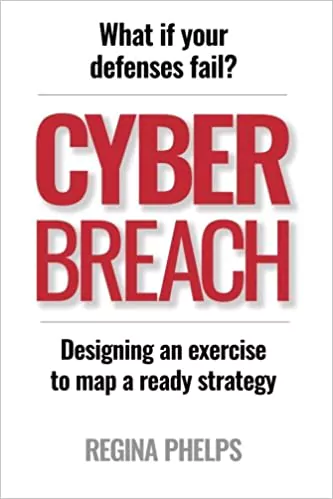
All types of businesses and organizations protect themselves against never-ending efforts to steal their computer data or harm their systems. They invest billions of dollars in these digital security measures. Few, however, have meaningful preparations for responding to the effects of an actual breach. Few stress-test these designs, though.
This book instructs Business Continuity Planners, Crisis Managers, and their IT colleagues on how to conduct a cyber event simulation that will test preparation, reveal unanticipated conditions, and hone the reaction of everyone from top executives to line technicians.
It emphasizes Advanced Tabletop, Functional, and Large-Scale activities. And it encompasses everything from comprehensive plans to minute-by-minute decision-making in a “safe” manner that imparts knowledge and wisdom to all participants. It includes detailed step-by-step directions, beginning with initial planning and ending with after-action reporting. This book gives insight into the essential subject of “Exercises.”
Such “exercises” need real-time decision-making and response, similar to how the first fire drill in a vast complex may not go well. The difficulty is that cyber events are much more complex.
6- Hacking Exposed — Network Security Solutions
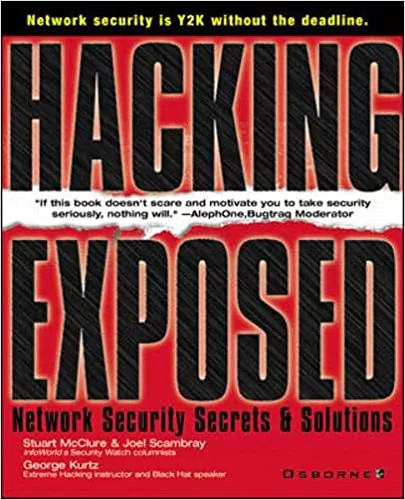
Today, more than ever, security professionals need to get into the hacker’s mind, methods, and toolbox to successfully deter such relentless assaults. This edition brings readers abreast with the latest attack vectors and arms them for these continually evolving threats.” –Brett Wahlin, CSO, Sony Network Entertainment.
7- Data-Driven Security Analysis Visualisation
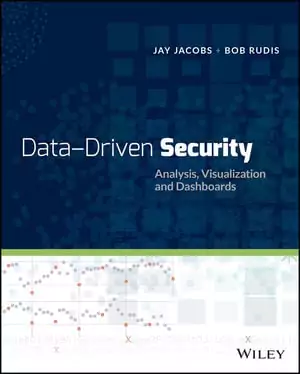
Data-Driven Security is the first book of its sort to attempt the impossible: to merge all three elements of “Data Science”: a) mathematical and statistical knowledge, b) coding/hacking abilities, and c) domain knowledge. In this instance, the domain is the Information Security Domain. This book is remarkable in that it covers all three dimensions.
Since statistical and machine learning ideas are not included in conventional InfoSec solutions, it is essential to emphasize this point. Traditional InfoSec tools are built on signature matching, i.e., assessing whether a threat fits a recognized badness, such as a virus, malware, network activity, IP address, or domain name.
While using this strategy, the good guys are always one step (or many) behind the evil people. Data-driven security comes into play here.




























